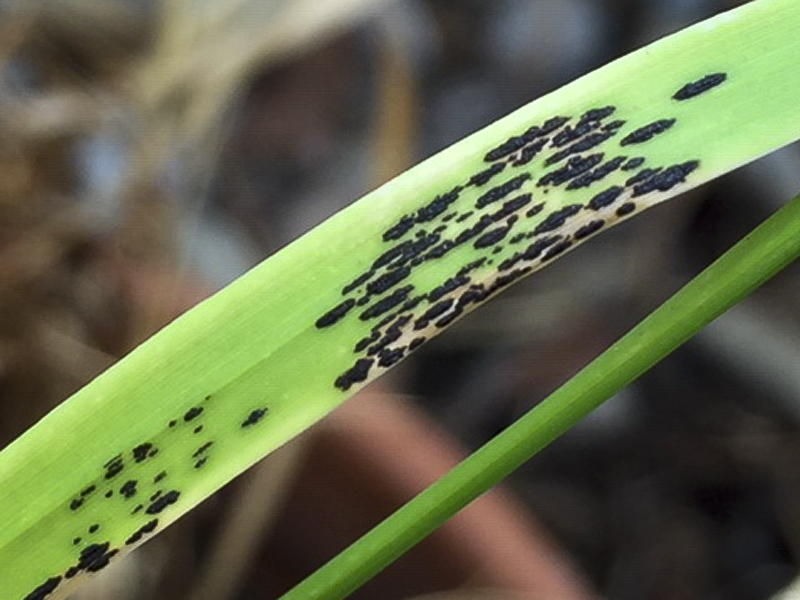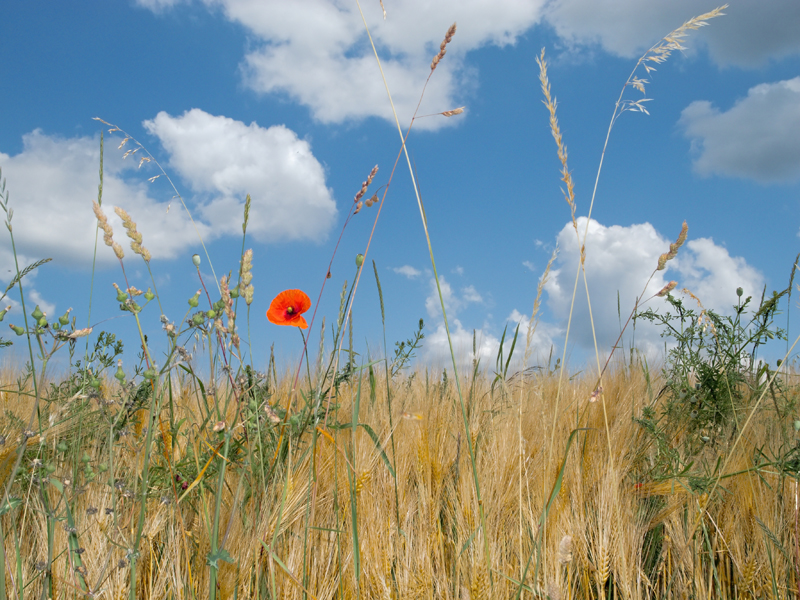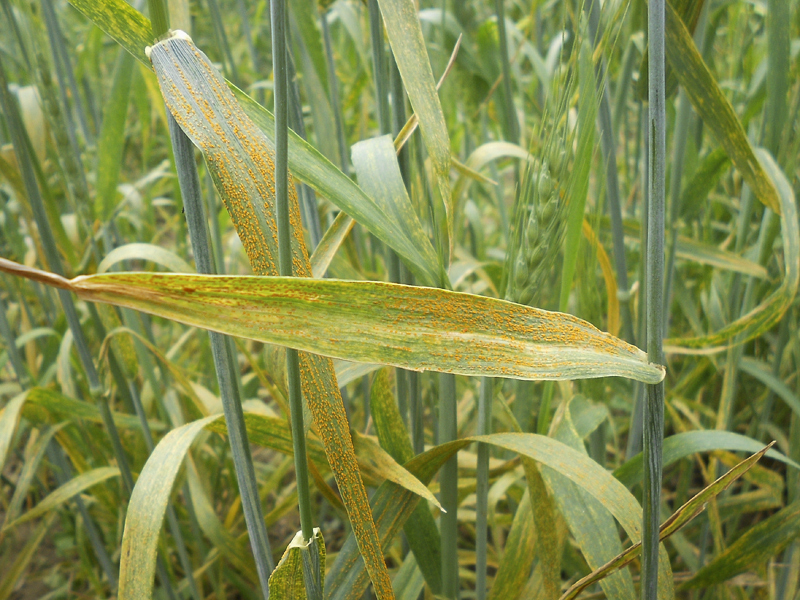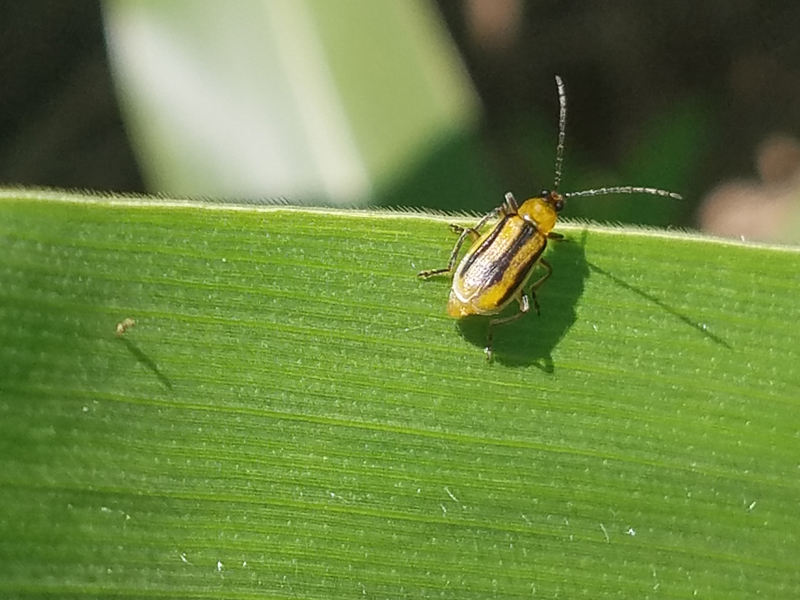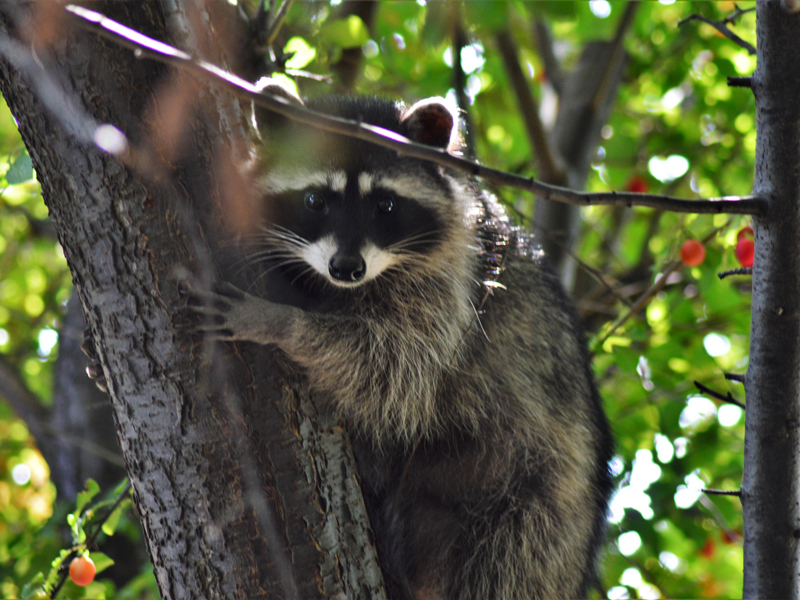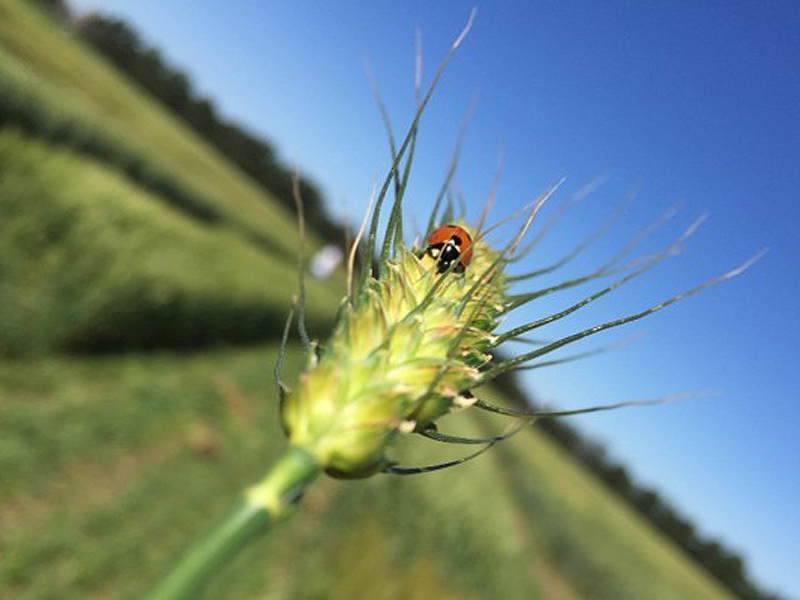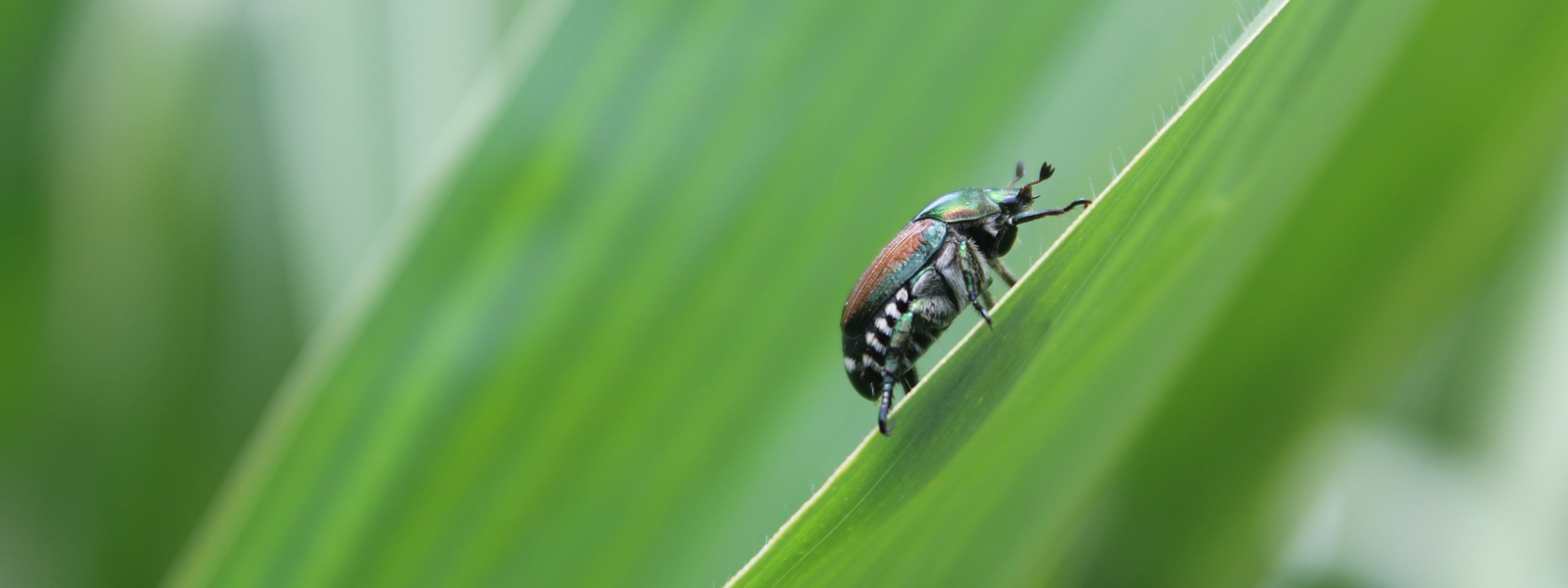
Pest Management
What are pests?
When you think of a pest, you usually think of a rodent. Or perhaps a bug, like big mosquitoes in the summertime. But agronomists define pests differently. They are any native or introduced plant or animal that interferes with crop production. There are hundreds of types of pests, and farmers need ways to deal with all of them. Pests can reduce yields as well as crop quality. Let’s look at pests in categories.
Weeds
Weeds steal water, nutrients, and sunlight from crops. Why are weeds so competitive with desired plants? Read more here. Researchers, such as this one, study the impact weeds have on crops, and how to best manage the weeds.
Fungi and bacterial pests
You may have seen a white coating on plants in your garden during a particularly humid summer. This is a type of fungal infection. In your garden it’s unsightly. On farmland, fungal infections can reduce yield. (For an example, read about fungal blight on beans.)
Fungi can live below ground as well since they occur naturally in the soil. Healthy soil has a lot of microbial diversity. Just like in our intestines, this flora diversity keeps everything in check. (Read about some 'good' bacteria, here, and in use at the edge of farm fields, here.) But bacteria can get out of control and cause illness in crops, too.
Insect pests
Soybean aphids are one example of insect pest damage. They harm the plants by excreting a film coating over the leaves, blocking sunlight and air. Other insects that eat leaves reduce the energy plants can capture from sunlight (photosynthesis). This energy is crucial to healthy plant and crop development.
Nematodes are soil-dwelling insects. Sadly, they eat crop roots, hurting the plants’ ability to get nutrients and water.
Insects can also attack seed and crops stored on farms. Read more about another insect, weevils, and the problems they cause.
Animal pests
You might not like little mice in your home, but farmers don’t like them in their fields, either. Mice–and other burrowing animals–disrupt the growth of healthy root systems. With fewer roots, plants can’t get water and nutrients from the soil.
Solutions to pests
Agronomists work with other scientists to determine the best ways to manage the full range of pests. For weed control, farmers can rotate crops, use intercropping, and even change their row spacing to help manage the effects of weeds on crops. Mechanical methods to control weeds include weeding by hand, applying well-aimed heat, and using robotic weeders. Growers can also use chemicals to manage them.
Insect management also varies widely. Sometimes a beneficial insect is introduced into an area to help control an invasive insect. Entomologists, scientists who study insects, work closely with agronomists on solutions like this.
Crop breeders also research crops that are resistant to various diseases and other pests. By developing crops that still have good yields (and good taste) that are resistant to pests, they can help farmers worldwide to grow crops. Striga, a parasitic weed that can take over entire fields, and efforts to breed maize resistant to it.
When most people think of pest management, they think of pesticides. These are a group of chemicals usually registered through the U.S. Environmental Protection Agency (EPA). They are used to reduce or eliminate pests and are derived from both natural and synthetic means.
Agricultural pesticides range in toxicity to humans from ‘high toxicity’ to ‘very low toxicity.’ The EPA sets exposure limits for both acute exposure to pesticide applicators on farms, as well as pesticide residue amounts allowed in food.
Agronomists share the values of farm safety, consumer safety, and environmental stewardship. They use tools to help growers develop Integrated Pest Management plans (IPM). Integrated plans like these address pest management needs while reducing human and off-target exposure to pesticides. There has been huge growth in creating helpful databases. Growers can enter their data and create a plan for their specific field. Growers might get a report on pest population thresholds. The thresholds allow a certain level of pests while still assuring a good yield and good crop quality. The plan might suggest the farmer diversify their control tactics by using mechanical and biological controls. And agronomists can give growers the most responsible plans to use synthetic pesticides.
With the continuous pressures of pesticide resistance development, farm economic sustainability, and consumer choices, pesticides and other pest management techniques are continuously evaluated for safety and utility in agronomic systems.

